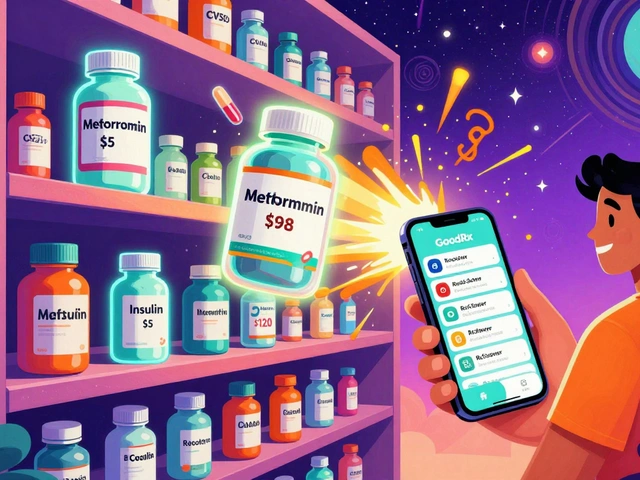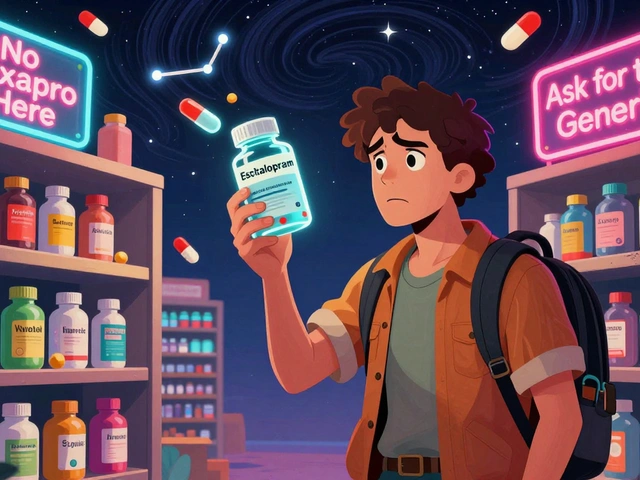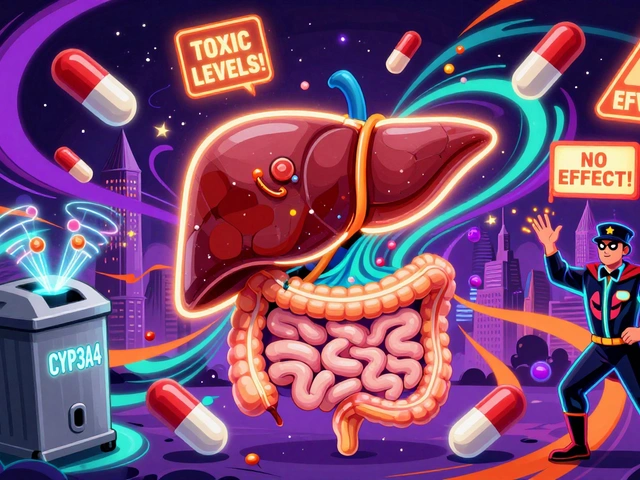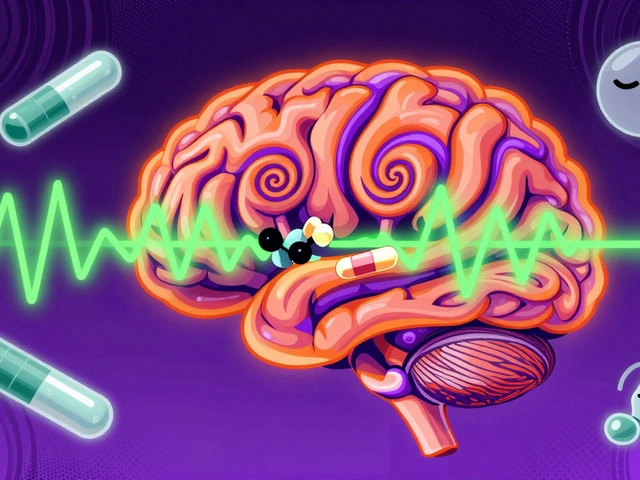BPH Treatment: What Works, What Doesn’t, and What to Expect
When dealing with BPH Treatment, the medical approach for Benign Prostatic Hyperplasia that aims to relieve urinary symptoms and improve prostate health. Also known as Benign Prostatic Hyperplasia therapy, it brings together several strategies that target the enlarged prostate from different angles. One core entity is Benign Prostatic Hyperplasia (BPH), a non‑cancerous enlargement of the prostate gland common in older men, which often triggers frequent nighttime urination, weak stream, and bladder pressure. To tackle these issues, clinicians rely on Alpha Blockers, medications that relax smooth muscle in the prostate and bladder neck to improve urine flow and on 5‑Alpha Reductase Inhibitors, drugs that shrink prostate tissue by blocking the hormone DHT. For patients who need faster relief or cannot tolerate drugs, Minimally Invasive Therapies, procedures such as UroLift or steam vaporization that reshape or reduce prostate size without major surgery provide an alternative route. In short, BPH treatment combines medication, procedural options, and lifestyle tweaks to restore comfortable urination.
Key Approaches to Managing BPH
First, medication choices hinge on the severity of symptoms and prostate size. Alpha blockers like tamsulosin act quickly, often easing flow within days, while 5‑alpha reductase inhibitors such as finasteride take months to shrink the gland but also lower the risk of future surgery. Some clinicians pair both classes to cover immediate relief and long‑term reduction—a semantic triple: "Alpha Blockers improve urine flow" and "5‑Alpha Reductase Inhibitors reduce prostate volume," together they "enhance overall BPH treatment outcomes." When drugs aren’t enough, minimally invasive therapies step in. UroLift implants keep the urethra open without heating tissue, whereas water‑based vapor therapy (Rezūm) uses steam to ablate excess cells. Both methods avoid the risks of traditional transurethral resection, aligning with the triple: "Minimally Invasive Therapies minimize surgical complications" and "preserve sexual function," which in turn "boost patient satisfaction." Lifestyle factors also matter: limiting caffeine and alcohol, staying hydrated, and performing timed voiding can reduce bladder irritation. Pelvic floor exercises strengthen supporting muscles, making it easier to empty the bladder completely. Together, these measures form a comprehensive plan that addresses the prostate, bladder, and daily habits.
Choosing the right path starts with a clear diagnosis—digital exam, PSA test, and ultrasound help gauge prostate size and rule out cancer. From there, a personalized mix of drugs, procedures, and lifestyle tweaks is built. Below you’ll find articles that break down each medication class, compare popular minimally invasive devices, share patient stories, and offer step‑by‑step guides for managing side effects. Whether you’re just hearing about BPH or have been living with it for years, the collection ahead equips you with the facts and tips you need to make informed decisions and find relief faster.
Dutasteride vs Alternatives: Which 5‑Alpha‑Reductase Inhibitor Works Best?
Compare Dutasteride with finasteride, saw palmetto, minoxidil and other BPH/hair‑loss options. Learn efficacy, safety, cost and who should use each.





